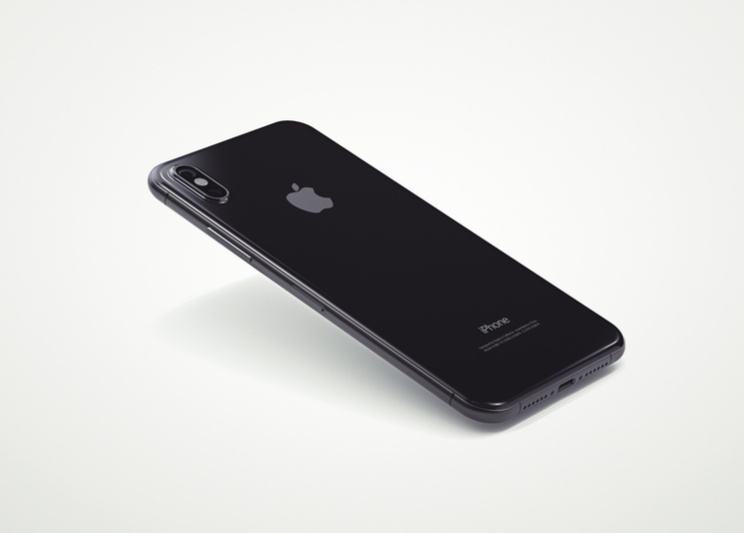Software Testing: A Guide to Testing on New Devices
How do you test on new devices?
When new devices launch, developers usually scramble to test their app or website on them before any critical issues are found by end-users.
Apple is moving into a territory now which used to be wholly owned by android fragmentation - they’ve introduced devices which require careful planning between the variations.

There’s a few different solutions you can try if you can’t get your hands on the device before release for any reason (device isn’t available in your country, lack of supply etc) - we’ll get into those later!
Firstly, if you can get your hands on those new devices, you’re probably wondering where to start - here are a few things to consider when testing an application on new devices (in context of the recent Google & Apple product launches):
Layouts
The iPhone X (5.8-inch screen) and Pixel 2XL (6-inch screen) are two of the largest phones launched this season - this will heavily impact the screen and UI layout for your application.
Compared to previous models, we’re seeing a 25% increase in screen sizes across the board, as phones increase in height and start to blur the lines to become “phablets”.
![]()
From a testing perspective, a greater emphasis should be placed on scrollable areas to ensure the UI doesn’t overlap as well as being able to stretch the content proportionately (the last thing you want is for the content to automatically ‘stretch out’ in order to fill the extra space!).
In addition, the introduction of the iPhone X will mean users won’t have to deal with a home screen due to the edge-to-edge (or “bezel-less”) design - applications will need to be tested thoroughly to ensure any of the core functionality hasn’t changed or eliminated due to the design of the new devices. On the Pixel 2 and Pixel 2XL, the ability to squeeze your phone to take a picture means there are a number of instances in the real world where this might be inconvenient or unnecessary that may frustrate your users which you’ll need to look out for.
Also, for applications that rely on fingerprint identification (e.g. banking applications, password managers etc), you’ll have to validate the integration with the new authentication API beforehand to ensure any core functionalities aren’t negatively impacted.
Performance and Battery Life
The Pixel 2XL contains one of the largest battery power of any phone produced by one of the major brands to date: 3520mAh compared to the iPhone X’s 2716mAh. A larger battery performance will need to be stress tested in the real world by testers who live in different environments and work with different sizes of applications - for example, a tester in South America is likely to download different sizes of the same application that someone in North America may download (numerous companies tend to publish a ‘Lite’ version of their application in emerging markets to take this into account.
Cameras
For apps where the camera is an important component for them, then you’re in for a treat. Rear cameras have been fairly standardised in the market for sometime (at 12 megapixels) however both new Pixels have a higher ratio on the rear camera (12.2 megapixels) and on the front camera (8 megapixels).
There’s a lot of other camera-related features we can go into, but if you want to really nerd-out about specs like electronic image stabilisation, aperture lens and more, you can check out The Verge’s review.
Based on the differences and added functionality, it’s imperative that you explore each of the different areas in the real world (under different lighting, weather conditions etc) to see the impact on how this affects your application in the real-world environment.
Conclusion
Personally, I’m most excited about the heavy focus on machine learning and AI that Google have taken to differentiate themselves in the market. This AI-first approach aims to make the new devices more “ambient, contextual and adaptable” - now, all of this needs to be put into context for you and your application. I can imagine this will broaden the opportunities available for you but also mean there are more use cases you’ll need to cover before you release.
So from the above, you’re left with two options:
- Buy the devices yourself:
- Work with an external partner:
How have you prepared for a new device before? Get in touch with us at Global App Testing to find out how we setup the “‘new device launch’” strategy for companies around the world!

